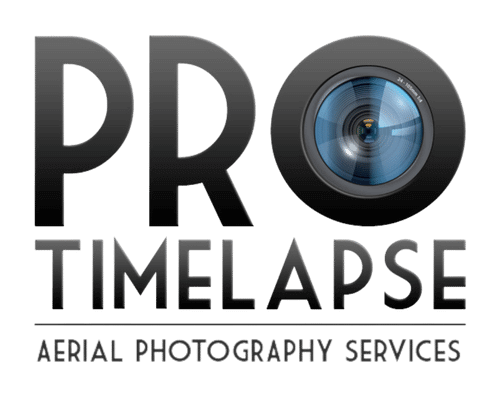Drones have become increasingly popular for both recreational and commercial use, offering enthusiasts and professionals a unique perspective from above. However, with great technology comes great responsibility. The Civil Aviation Safety Authority (CASA) in Australia has established guidelines and regulations to ensure the safe and responsible use of drones. In this guide, we’ll walk you through key points outlined by CASA’s website. Remember, these regulations are subject to change, so always check their website for the latest information.
Do I need to register my drone in Australia?
Yes, if your drone weighs more than 250 grams, it is mandatory to register it with CASA. Registration helps keep track of drones in the airspace and ensures responsible ownership.
How do I register my drone with CASA?
Visit the CASA website and follow their step-by-step guidelines for drone registration. Make sure to provide accurate information about your drone to complete the process successfully.
What is operator accreditation, and do I need it?
Operator accreditation is required for both recreational and commercial drone operators falling within certain excluded categories. CASA’s website provides detailed information on the accreditation process, so be sure to check if it applies to you.
What are the rules for flying a drone in Australia?
Abiding by CASA’s guidelines is crucial. Always fly within visual line of sight, stay below 120 meters in altitude, and avoid flying in no-fly zones or prohibited areas. Familiarize yourself with CASA’s comprehensive guidelines for a safe and enjoyable drone experience.
Can I fly my drone at night?
Yes, but specific regulations apply. Ensure your drone is equipped with proper lighting for night flights and follow CASA’s guidelines for nighttime operations.
What safety precautions should I take when flying my drone?
Prioritize safety by flying in good weather conditions, maintaining a safe distance from people and property, and avoiding flying over crowds or emergency operations. These precautions contribute to a safer and more responsible drone operation.
Are there no-fly zones for drones in Australia?
Absolutely. Designated no-fly zones include airports and other restricted areas. Always check CASA’s website or use their “Can I fly there?” app to identify and adhere to no-fly zones in your location.
Can I fly my drone in urban areas?
Yes, urban flying is allowed, but be mindful of privacy laws. Maintain a safe distance from people and property, and follow CASA guidelines to ensure a respectful and responsible urban drone experience.
What penalties could I face for violating drone regulations?
Penalties for non-compliance with drone regulations can range from fines to legal consequences. Familiarize yourself with CASA’s enforcement measures to avoid any legal repercussions.
Do I need insurance for my drone?
While not mandatory, having drone insurance is highly recommended. Insurance can cover potential damages or liabilities, providing peace of mind during your drone flights.
How do I find out about airspace restrictions in my location?
CASA’s “Can I fly there?” app and their website are valuable resources for up-to-date information on airspace restrictions. Always check before taking flight to ensure compliance with current regulations.
What should I do if I lose control of my drone?
Follow CASA’s guidelines for lost control of drones. If required, report any incidents to CASA promptly. Being proactive in these situations helps maintain the safety and integrity of Australia’s airspace.
In conclusion, flying a drone in Australia comes with responsibilities, and adhering to CASA’s guidelines is essential for a safe and enjoyable experience. Keep yourself informed, stay updated with CASA’s website, and always prioritize safety when taking to the skies with your drone.
